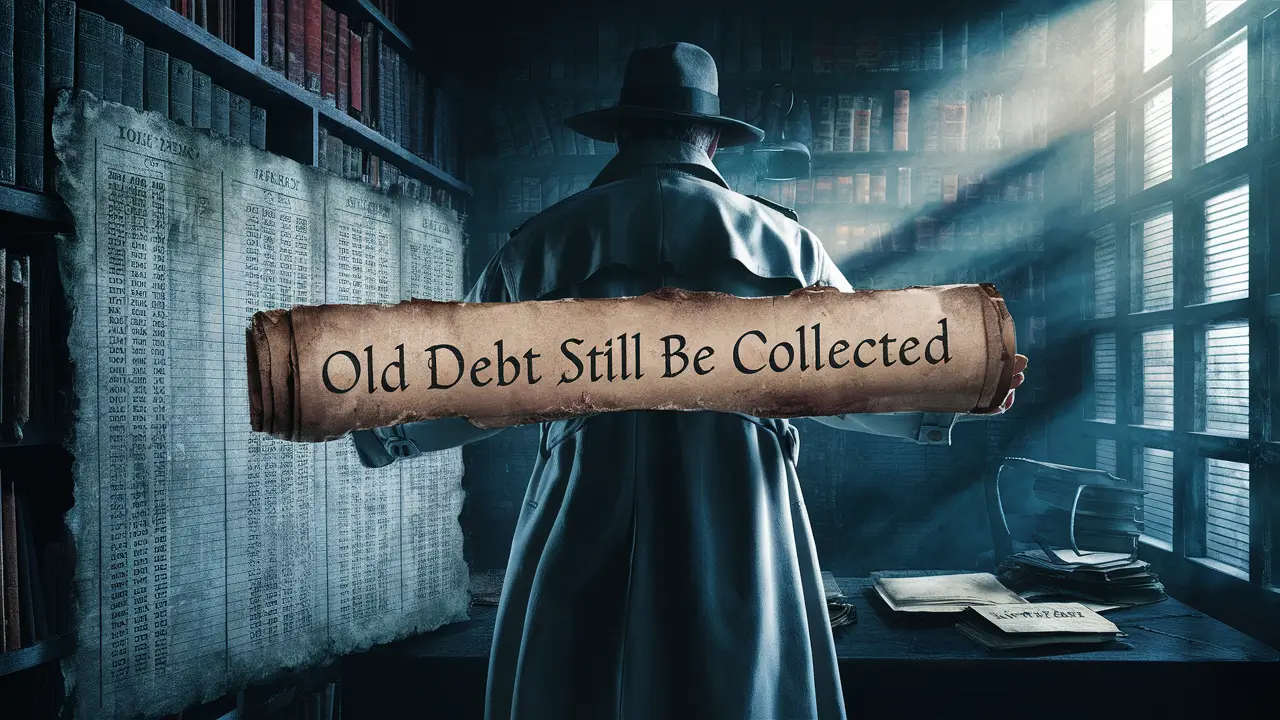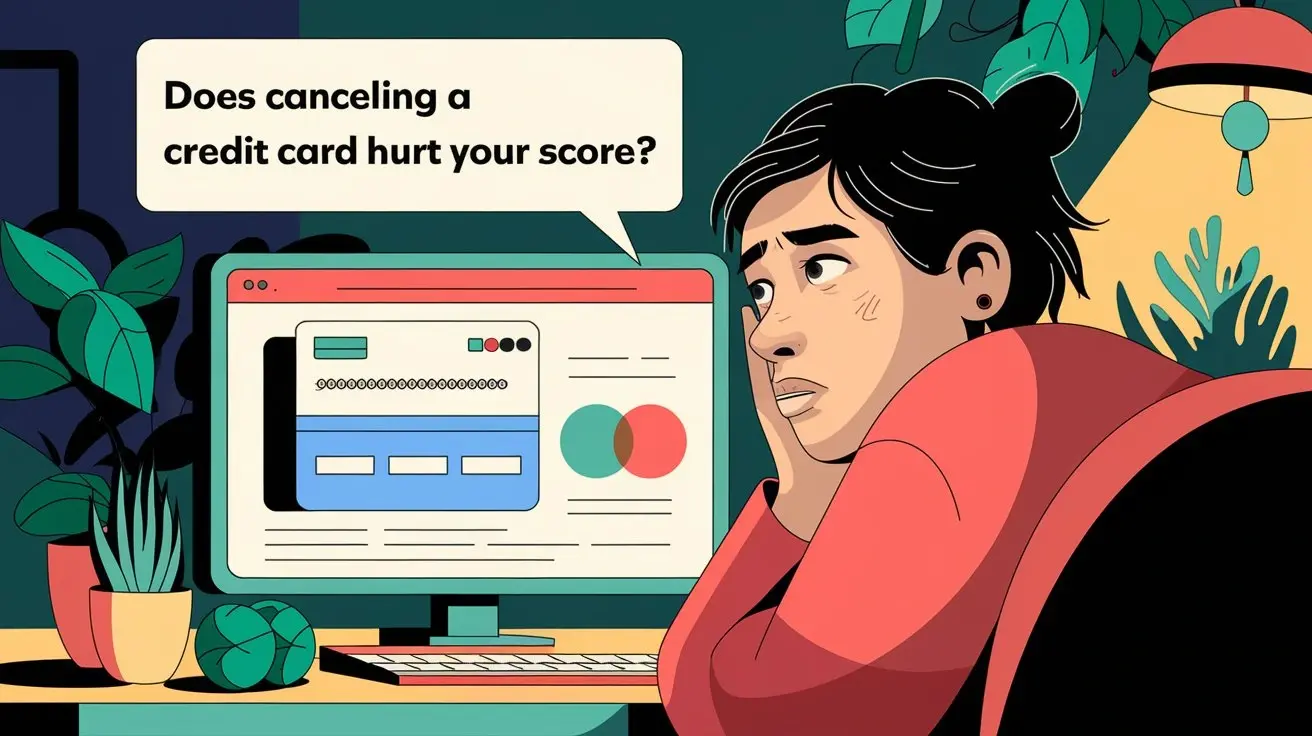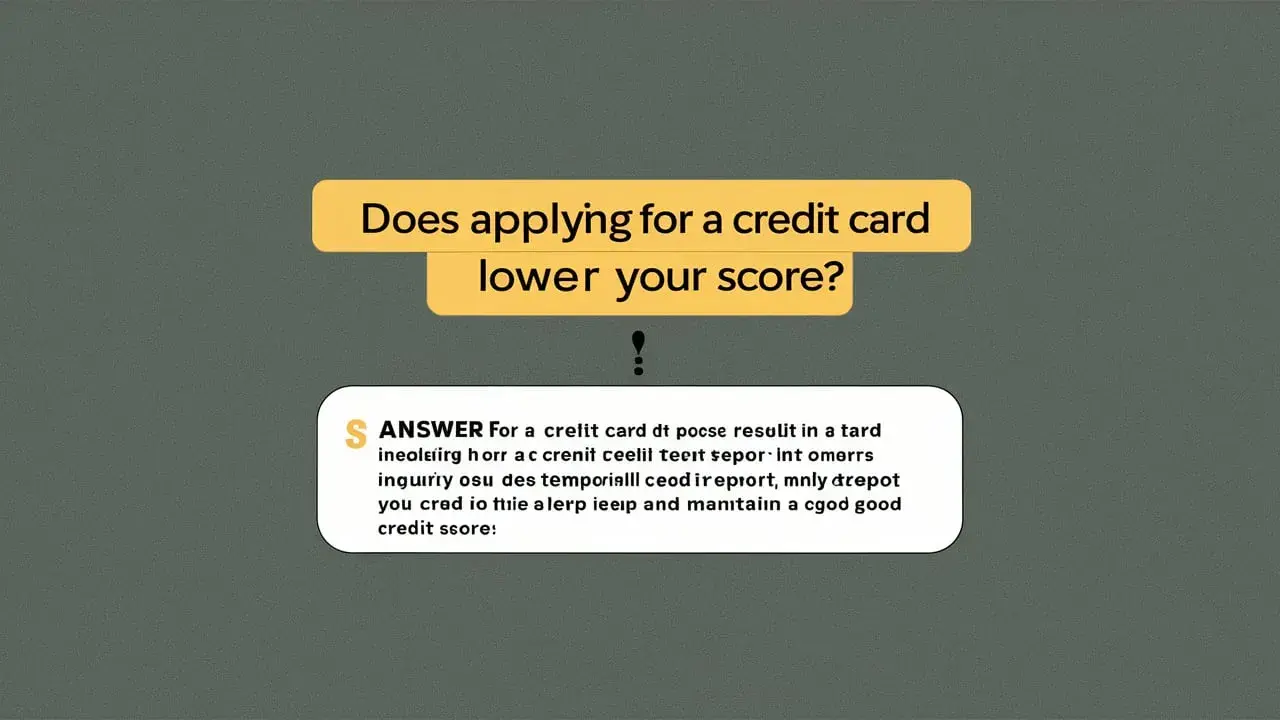-
Posted on: 24 Jul 2024

-
Receiving a notice about a debt that's a decade old can be alarming. Many people immediately wonder, "Can they even do that?" The answer, like many things in the legal realm, isn't a simple yes or no. It hinges on a crucial concept known as the statute of limitations.
What is the Statute of Limitations on Debt?
The statute of limitations is a law that sets a time limit on how long a creditor or debt collector has to sue you to collect a debt. Essentially, it's the timeframe during which a legal case can be initiated to recover the money owed. Once this period expires, the debt is considered "time-barred," meaning a creditor generally loses the right to sue you for it in court.
Why Does the Statute of Limitations Exist?
The statute of limitations serves several important purposes:
- Promotes Timeliness: It encourages creditors to pursue debts promptly. Waiting too long makes it more difficult to gather evidence and track down debtors.
- Prevents Stale Claims: Memories fade, documents get lost, and witnesses become unavailable over time. The statute of limitations reduces the risk of inaccurate or fraudulent claims being pursued after a long delay.
- Provides Legal Certainty: It creates a clear timeline for both creditors and debtors, providing certainty about when legal action is no longer possible.
- Protects Debtors: It safeguards individuals from being harassed or sued for debts that are very old and potentially difficult to verify.
The Statute of Limitations and 10-Year-Old Debt
For most types of debt, including credit card debt, personal loans, and medical bills, the statute of limitations typically ranges from 3 to 6 years. However, it's important to understand that:
- State Laws Vary: The statute of limitations is determined by state law. What's true in California might not be true in Texas or New York. You *must* know the law in your specific state.
- The Clock Starts Ticking: The clock usually begins to run from the date of your last payment or the date of your last acknowledged activity on the account.
- Revival of the Debt: Certain actions can "revive" a time-barred debt and restart the statute of limitations. This is a critical point that we'll cover in detail later.
Therefore, if a debt is truly 10 years old and no action has been taken to revive it, it's *likely* that it's time-barred. However, *do not assume this*. You must verify the specific statute of limitations in your state and confirm that no action has reset the clock.
Finding the Statute of Limitations in Your State
Here are some resources to help you determine the statute of limitations in your state:
- State Attorney General's Office: Many state attorney general websites provide information on consumer protection laws, including debt collection regulations and the statute of limitations.
- State Bar Association: Your state's bar association can provide resources and referrals to attorneys specializing in debt collection defense.
- Legal Aid Organizations: Non-profit legal aid organizations offer free or low-cost legal assistance to those who qualify.
- Online Legal Resources: Websites like Nolo.com and FindLaw provide state-specific information on the statute of limitations for debt. However, always verify this information with official sources.
What to Do If You're Contacted About a 10-Year-Old Debt
Even if you believe the debt is time-barred, it's essential to proceed cautiously when contacted by a debt collector. Here's a step-by-step approach:
1. Do Not Acknowledge the Debt
The most important thing is not to acknowledge the debt or make any payment arrangements. Even a small payment can restart the statute of limitations in many states. Do not say, "Yes, I remember that debt" or "I'll see if I can pay something." Silence is your friend at this stage.
2. Request Debt Validation in Writing
Under the Fair Debt Collection Practices Act (FDCPA), you have the right to request debt validation from the debt collector. This requires the debt collector to provide you with written verification of the debt, including:
- The name of the original creditor
- The account number
- The amount of the debt
- Evidence that you owe the debt (e.g., a copy of the original contract or statement)
Send your debt validation request in writing via certified mail with return receipt requested. This provides proof that the debt collector received your request. You must send this request within 30 days of the debt collector's initial communication.
Here's a sample debt validation request letter:
[Your Name] [Your Address] [Your Phone Number] [Your Email Address] [Date] [Debt Collector's Name] [Debt Collector's Address] Subject: Debt Validation Request - Account Number [Account Number, if known] Dear [Debt Collector's Name], I am writing in response to your communication regarding an alleged debt. I am requesting that you provide me with written validation of this debt, as required by the Fair Debt Collection Practices Act (FDCPA). Specifically, I request the following information: * The name of the original creditor. * The account number associated with this debt. * The original amount of the debt. * A copy of the contract or other documentation that demonstrates I agreed to pay this debt. * Proof that you are legally authorized to collect this debt. Please provide this information within 30 days of the date of this letter. Until I receive this validation, I dispute the validity of this debt and request that you cease all further communication with me. Sincerely, [Your Signature] [Your Typed Name]3. Analyze the Debt Validation Documents
Once you receive the debt validation documents, carefully review them for accuracy. Look for:
- Discrepancies in the amount owed: Does the amount match your records or your recollection of the debt?
- Errors in your personal information: Is your name, address, or other identifying information correct?
- Missing or incomplete documentation: Are there missing pages or critical pieces of information that are not included?
- Evidence that the debt is time-barred: Does the documentation show that the last payment or activity occurred more than the statute of limitations ago in your state?
4. Understand What Can Restart the Statute of Limitations
As mentioned earlier, certain actions can revive a time-barred debt, effectively resetting the statute of limitations. These actions vary by state, but commonly include:
- Making a Payment: Even a small payment can restart the clock.
- Acknowledging the Debt in Writing: Sending a letter or email admitting you owe the debt can revive it. This includes things like admitting the debt is yours in a written letter.
- Entering a Payment Plan: Agreeing to a payment plan can be considered an acknowledgment of the debt.
Be extremely careful to avoid any of these actions if you believe the debt is time-barred.
5. Know Your Rights Under the FDCPA
The Fair Debt Collection Practices Act (FDCPA) protects consumers from abusive, unfair, and deceptive debt collection practices. Debt collectors are prohibited from:
- Contacting you at unreasonable times or places: For example, calling you before 8:00 a.m. or after 9:00 p.m.
- Contacting you if you've sent a cease and desist letter: Once you send a letter requesting them to stop contacting you, they must comply (with limited exceptions, such as notifying you they are filing a lawsuit).
- Harassing or threatening you: Using abusive language, threatening legal action they cannot take, or disclosing your debt to third parties.
- Making false or misleading statements: Misrepresenting the amount of the debt, the collector's identity, or the legal consequences of not paying.
- Trying to collect a debt that is not owed: This includes trying to collect on a time-barred debt, if they are aware it's past the statute of limitations.
If a debt collector violates the FDCPA, you may be able to sue them for damages.
6. Consider Consulting with an Attorney
If you're unsure about your rights or the validity of a debt, it's always a good idea to consult with an attorney specializing in debt collection defense. An attorney can review your situation, advise you on your legal options, and represent you in negotiations or litigation.
7. Cease Communication (Potentially)
After requesting debt validation, if the debt collector fails to provide adequate documentation within 30 days, or if the validation reveals clear errors, you have the right to send a "cease and desist" letter. This letter demands that the debt collector stop all communication with you. While it doesn't eliminate the debt, it can prevent further harassment.
It's crucial to understand that even after sending a cease and desist letter, a debt collector may still pursue legal action against you. However, if the debt is truly time-barred, you can raise this as a defense in court.
Important Considerations Regarding Credit Reports
Even if a debt is time-barred and you can't be sued for it, it can still appear on your credit report for up to seven years from the date of your first delinquency. This can negatively impact your credit score and make it difficult to obtain loans or credit cards.
You have the right to dispute inaccurate or obsolete information on your credit report. If a debt is older than seven years, you can request that the credit bureaus remove it from your report.
Conclusion: Be Proactive and Informed
Dealing with a 10-year-old debt can be stressful, but it's important to remain calm and informed. Understand the statute of limitations in your state, request debt validation, and know your rights under the FDCPA. By taking proactive steps, you can protect yourself from unfair debt collection practices and potentially avoid paying a debt that is legally unenforceable.











